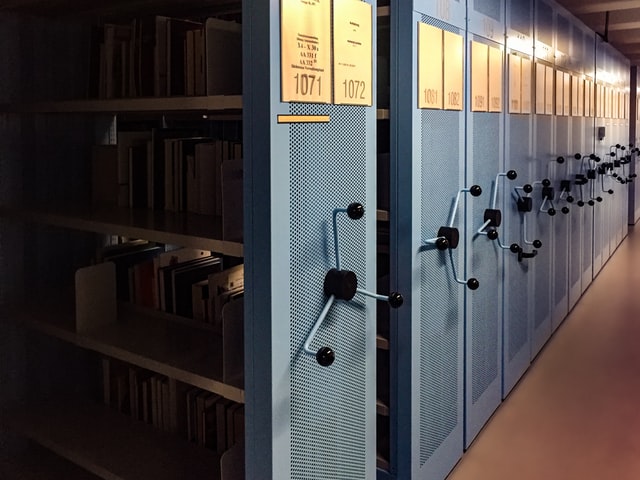Seminar series in Discrete Mathematics and Optimization
The Discrete Mathematics & Optimization seminar occurs at 14:00 on Wednesdays and/or Fridays. It's a chance for the students, staff and friends of DM&O to meet up and discuss research topics from across the group.
If you'd like to give a talk for the seminar, please email m.e.l.jones@tudelft.nl .
Talks are normally 30-45 minutes with time for discussion afterwards. You can share your recent research, practice a talk for another event, or simply talk about something you find mathematically interesting :-)
PhD students from EEMCS will receive 1 Graduate School credit from the Graduate School for attending 8 seminars of the series.
Geen resultaten gevonden.

